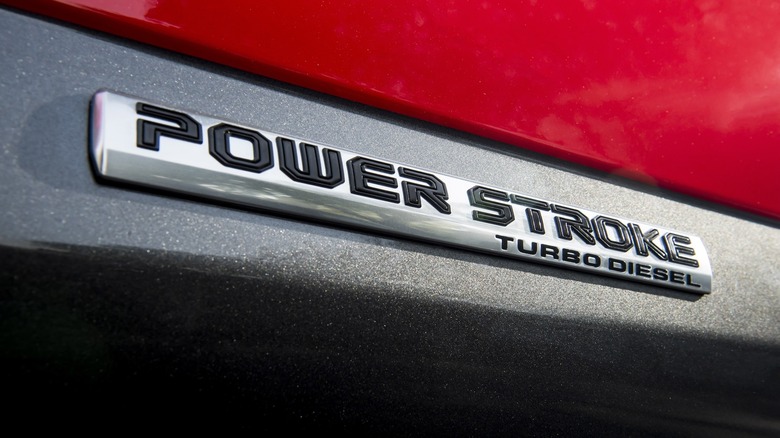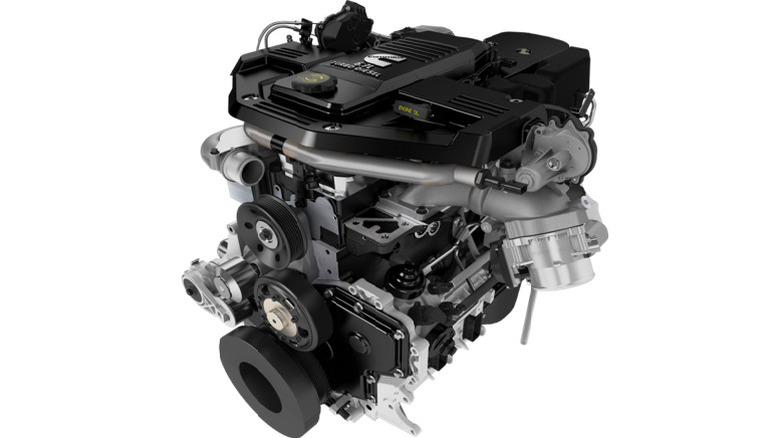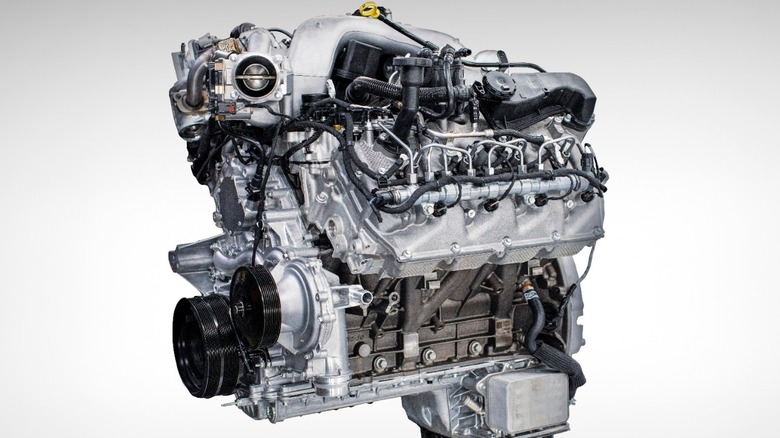6.7 Cummins Vs. 6.7 Power Stroke: How Do These Diesel Engines Compare?
No two engines are ever built the same. This is true even if they are produced by the same manufacturer, and it is even more evident when they are made by competitors. In the market of diesel-powered engines, there are few names bigger than Cummins and Ford. Cummins has been in the diesel engine market for over 100 years and has become a go-to for many manufacturers of trucks and large commercial vehicles.
Ford entered the game far later. Its diesel production goes back to the early 1980s, but the company established its Power Stroke division of diesel engines in collaboration with Navistar International in 1994. Despite being around for only 30 years, Ford's Power Stroke engines have rapidly become some of the most successful diesel engines on the market.
As it so happens, both Cummins and Ford produce a 6.7-liter engine in their respective arsenals. The two engines share the same displacement volume and are among the most reliable diesel engines ever built, but beyond that, their manufacturers went about creating engines in very different ways. Let's comparing their design, power output, and more to see how these diesel-powered machines differ. This isn't to declare a winner — each 6.7-liter engine from Cummins and Ford have its pros and cons — but to showcase the variety of engine design.
The 6.7L Cummins engine
The company may be over 100 years old, but the Cummins 6.7L engine it currently produces is quite new. The engine hit the market in 2021 as part of the company's collaboration with RAM, whose trucks have had Cummins engines for over 30 years. This was an updated version of the previous 6.7-liter engine, which debuted back in 2007, in an effort to improve the engine's performance and efficiency. That 2007 model had an output of 350 hp and 650 lb-ft of torque, and the 2021 update increased those numbers significantly.
It may come as a surprise, but this big diesel unit is actually a straight-six engine. We are so accustomed to V-type engines powering our largest vehicles, but Cummins has been rather steadfast in developing straight-six engines — its X15 engine powers some of the most popular heavy duty semi trucks. This diesel engine gets its 6.7-liter displacement size from a bore of 4.21 inches and a stroke length of 4.88 inches.
Cummins offers two different variations of the engine: a standard output and a high output. If you get the standard version, you are looking at a maximum output of 370 hp and 850 lb-ft of torque. Meanwhile, the high output version ups those numbers to 420 hp and 1,075 lb-ft of torque by changing the compression ratio from 19:1 to 16.2:1. If you want these engines, you can get them in the either the RAM 2500 or 3500 models.
The 6.7L Ford Power Stroke engine
Moving over to the Ford Power Stroke side, the company's 6.7-liter engine first hit the market in 2011 and it powers Ford's Super Duty trucks, from the F-250 all the way up to the F-750. Unlike the Cummins engine, the 6.7-liter Power Stroke is indeed the more predictable V8 diesel engine. Considering the history of Ford, this is not much of a surprise, as it has long been a proponent of the V8 engine for decades for its trucks and muscle cars.
Both the bore and stroke for the Power Stroke are significantly smaller than that of the Cummins. The bore is just 3.9 inches, and the stroke is 4.25 inches long. However, it still gets that 6.7 liters of displacement. Over the years, Ford has continued to alter the engine's compression ratio, starting off at 16.2:1 and currently sitting at 15.2:1. With these changes, the engine is able to out-perform the Cummins 6.7-liter in horsepower, generating a maximum of 475 hp. However, it actually falls behind the Cummins in torque performance, maxing out at 1,050 lb-ft. If you're looking to get one, it's also important to look into what years for the Power Stroke engine are the best.
Remember, there are no winners here. Each engine has its strengths, and you should choose the one you want depending on what aspects you need more. Both have proven worthy investments for those in need of diesel power.


